Ancient art is more than just beautiful works crafted from stone, paint, or metal—it is a living record of human history. When we gaze upon these masterpieces, we step into a world where every brushstroke, carving, or sculpture tells a story. These works reveal the lives, values, and beliefs of civilizations long gone. Each piece, whether a cave painting or an intricate sculpture, reflects the culture it came from.
From the tombs of Egypt to the temples of Mesopotamia, art has always been a way to communicate. In a time when writing was scarce or nonexistent, art was the language of the people. It carried deep meaning, often honoring gods, commemorating leaders, or documenting daily life. Ancient art serves as a reflection of the past and a key to understanding it.
Imagine walking through the ruins of an old city, where statues of gods, kings, and warriors tell the stories of the past. Although the colors may have faded, the message remains. Ancient art continues to speak to us, showing that the past is never truly lost.
Contents
- The Origins of Ancient Art
- Mesopotamian Art
- Ancient Egyptian Art
- Greek Art and Its Impact on the World
- Roman Art: The Bridge Between Old and New
- The Art of Ancient China
- Art of the Indus Valley Civilization
- Pre-Columbian Art of the Americas
- African Art: The Forgotten Treasures
- The Influence of Religion on Ancient Art
- How Ancient Art Reflects Society
- Preservation and Study of Ancient Art
- The Enduring Legacy of Ancient Art
- Conclusion: Why Ancient Art Matters Today
The Origins of Ancient Art
Cave Paintings and Petroglyphs
Art began as a means of expression long before civilizations took form. Cave paintings and petroglyphs, found worldwide, are some of the oldest forms of artistic creation. These works often depict animals, hunting scenes, and rituals, offering insight into the lives and beliefs of early humans.
The Symbolism Behind Early Art
Early art held great significance, often serving as tools for communication, ritual, or storytelling. Paintings weren’t just decorative; they were believed to invoke protection or success in hunting, embodying both spirituality and practicality.
Mesopotamian Art
The Birthplace of Civilization
In Mesopotamia, art flourished in what’s known as the birthplace of civilization. This region is home to some of the earliest cities, with art reflecting a highly developed society where temples and sculptures honored gods and rulers.
Sculptures and Temples of Mesopotamia
Ziggurats, towering structures, symbolized the connection between heaven and earth. Mesopotamian statues, often crafted from stone or bronze, depicted gods and powerful rulers, evoking awe and reverence.
Ancient Egyptian Art
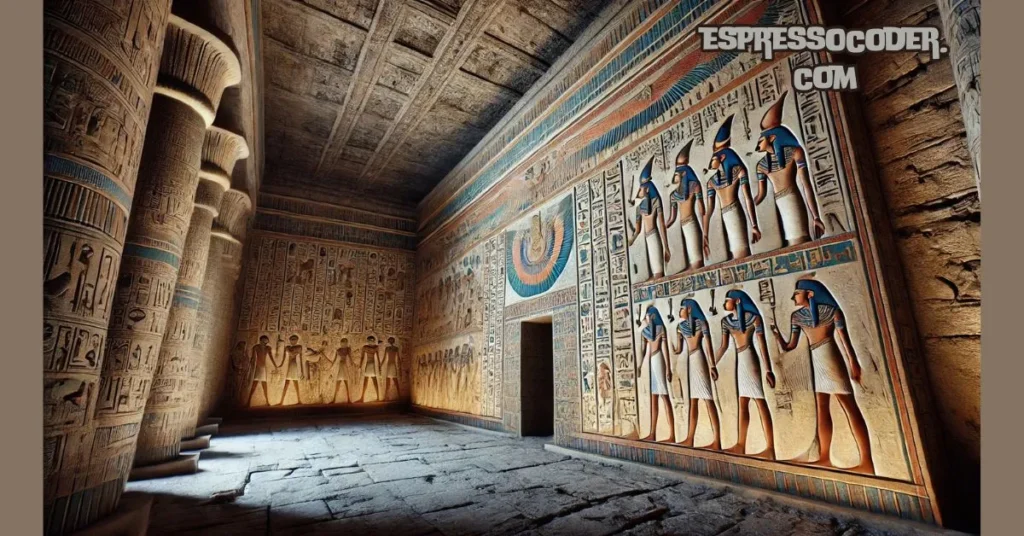
Hieroglyphics: Art Through Writing
Ancient Egypt is known for its rich artistic traditions, including hieroglyphics—a blend of art and writing. These intricate symbols decorated temples and monuments, preserving history and mythology.
The Role of Pharaohs in Art
Egyptian rulers commissioned vast works of art to display their divine status. Grand statues and colorful tomb murals emphasized the power and immortality of the pharaohs.
Tomb Art and the Afterlife
Egyptian tomb art held significant spiritual value, as they believed that art ensured a successful journey into the afterlife. Tomb paintings often depicted scenes of daily life, offerings, and interactions with gods.
Greek Art and Its Impact on the World
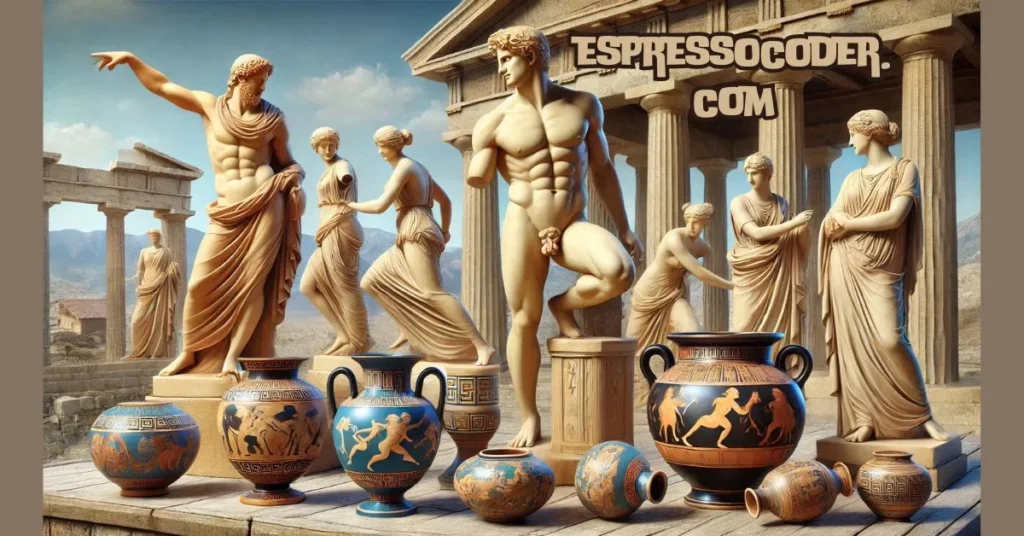
Classical Greek Sculptures
Classical Greek sculptures are known for their beauty and realism, capturing human form with incredible detail. These sculptures reflect the Greek ideal of harmony between mind and body.
Pottery and Frescoes in Ancient Greece
Pottery often depicted mythological tales or daily life, while frescoes added vibrant colors to public and private spaces. Greek art combined storytelling with decorative purpose.
Roman Art: The Bridge Between Old and New
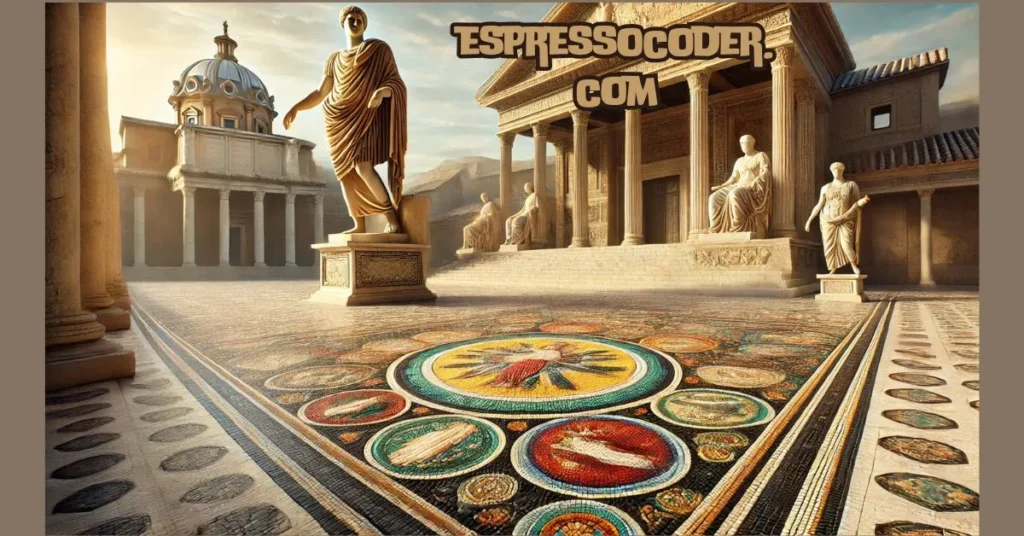
Mosaic Masterpieces
Roman art borrowed from Greek traditions, adding unique touches. Mosaics, made from small tiles in intricate patterns, adorned public buildings and homes.
Public Monuments and Statues
Roman public monuments and statues, such as those of Emperor Augustus, showcased power and influence. These grand works symbolized the strength and reach of the Roman Empire.
The Art of Ancient China
Calligraphy and Silk Paintings
Ancient Chinese art included calligraphy, a blend of philosophy and aesthetics. Silk paintings captured the beauty of landscapes, nature, and the human spirit.
Terracotta Warriors: Guardians of the Emperor
The Terracotta Warriors, over 8,000 life-sized statues, were crafted to guard the tomb of Emperor Qin Shi Huang. This project demonstrates China’s artistic and military strength.
Art of the Indus Valley Civilization
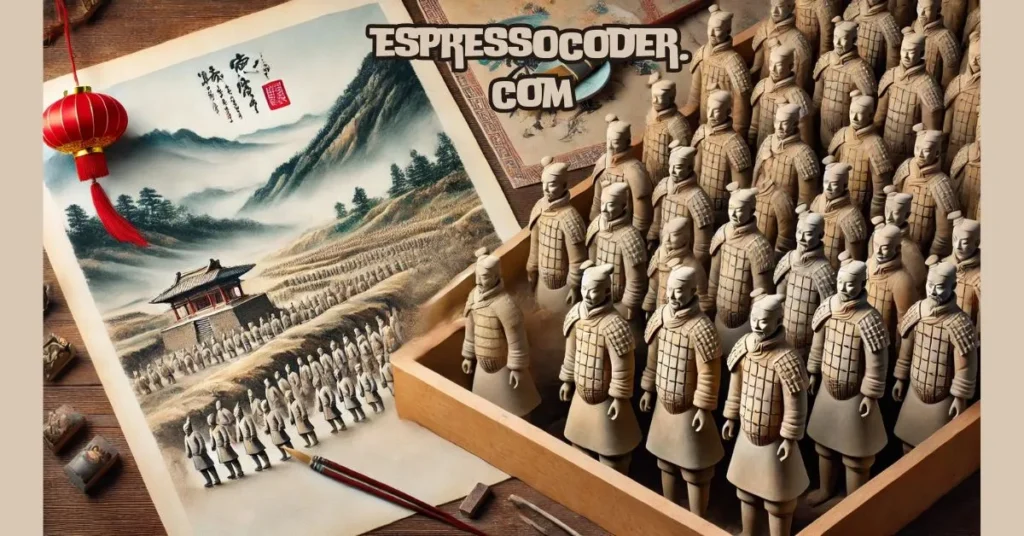
Figurines and Jewelry
The Indus Valley Civilization produced terracotta figurines, often portraying women, animals, and religious symbols. Their jewelry displayed exceptional craftsmanship, using gold, stones, and shells.
Seals and Pottery
Seals, often used for trade, featured intricate designs and mysterious symbols. Pottery, decorated with geometric shapes, was both functional and beautiful.
Pre-Columbian Art of the Americas
Mayan and Aztec Art
In the Americas, civilizations like the Mayans and Aztecs created remarkable art, heavily influenced by religion. Temples and carvings dedicated to gods were vibrant and bold.
Olmec Colossal Heads
The Olmec Colossal Heads, massive stone sculptures, likely represent rulers. Their size and detail reflect the Olmecs’ skill in working with stone.
African Art: The Forgotten Treasures
Rock Art of the Sahara
African rock art offers a glimpse into early African life, with carvings and paintings dating back thousands of years. These works feature animals, human figures, and spiritual symbols.
Wooden Sculptures and Masks
Wooden sculptures and masks were essential in African art, used in ceremonies with rich symbolism and craftsmanship. Masks, in particular, played a significant role in representing deities or ancestral spirits.
The Influence of Religion on Ancient Art
The Role of Temples and Shrines
Religion was a major force in shaping ancient art. Temples and shrines often served as focal points, adorned with carvings, murals, and sculptures honoring gods.
Sacred Symbols and Deities
Deities like the Egyptian sun god Ra and Greek god Zeus were central themes in ancient art, inspiring great works of devotion and symbolism.
How Ancient Art Reflects Society
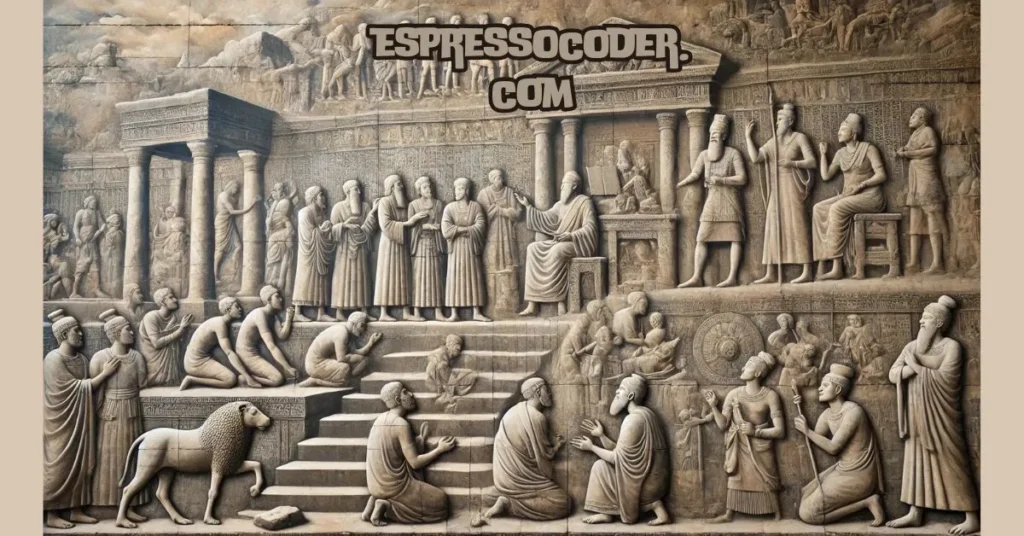
Art as a Tool for Storytelling
Art was not just for beauty—it was a means of communication. Through murals, pottery, and sculptures, ancient people passed down their history, myths, and values.
Social Status and Art
Art was closely tied to social status. The wealthiest often commissioned large works to display their power and influence, with kings and emperors using art to cement their legacies.
Preservation and Study of Ancient Art
Archaeological Discoveries
Archaeology continues to uncover treasures from the past, revealing ancient cultures and their artistry. These discoveries help us understand ancient techniques and materials.
Modern Techniques in Art Conservation
Today, scientists and historians use technology to preserve ancient art, ensuring that these masterpieces can be studied and appreciated by future generations.
The Enduring Legacy of Ancient Art
Inspiration for Modern Artists
Modern artists draw inspiration from ancient art, replicating its beauty and symbolism. Painters, sculptors, and architects alike incorporate ancient techniques into their work.
The Global Influence of Ancient Art Styles
Ancient art has a global impact. Greek columns, African motifs, and Egyptian iconography continue to shape modern art and architecture.
Conclusion: Why Ancient Art Matters Today
Ancient art connects us to the human story, reminding us of our shared history. From cave paintings to grand monuments, these works inspire us and embed art deeply in our identity. Through ancient art, we see a glimpse of our past that continues to shape the world today.

